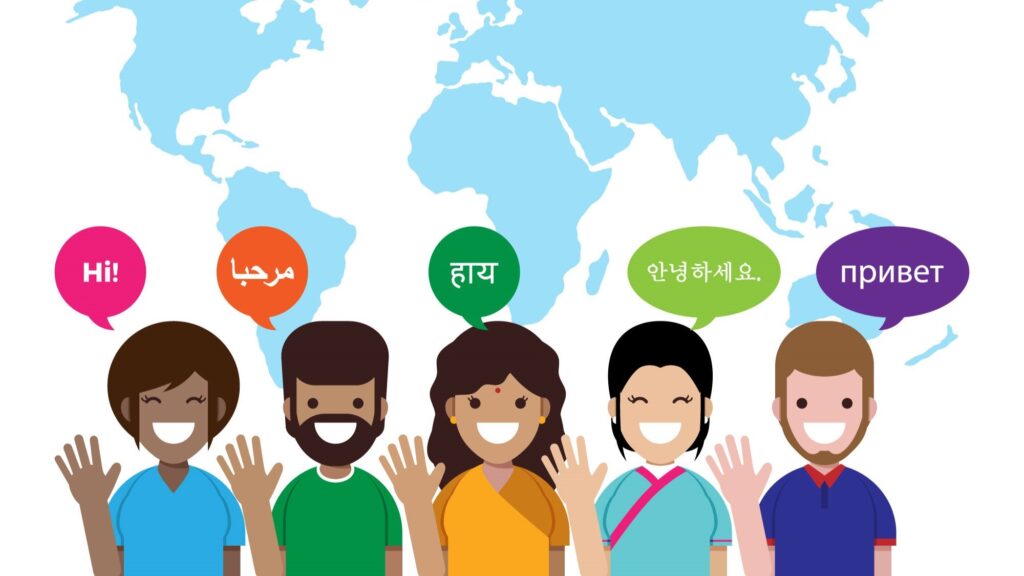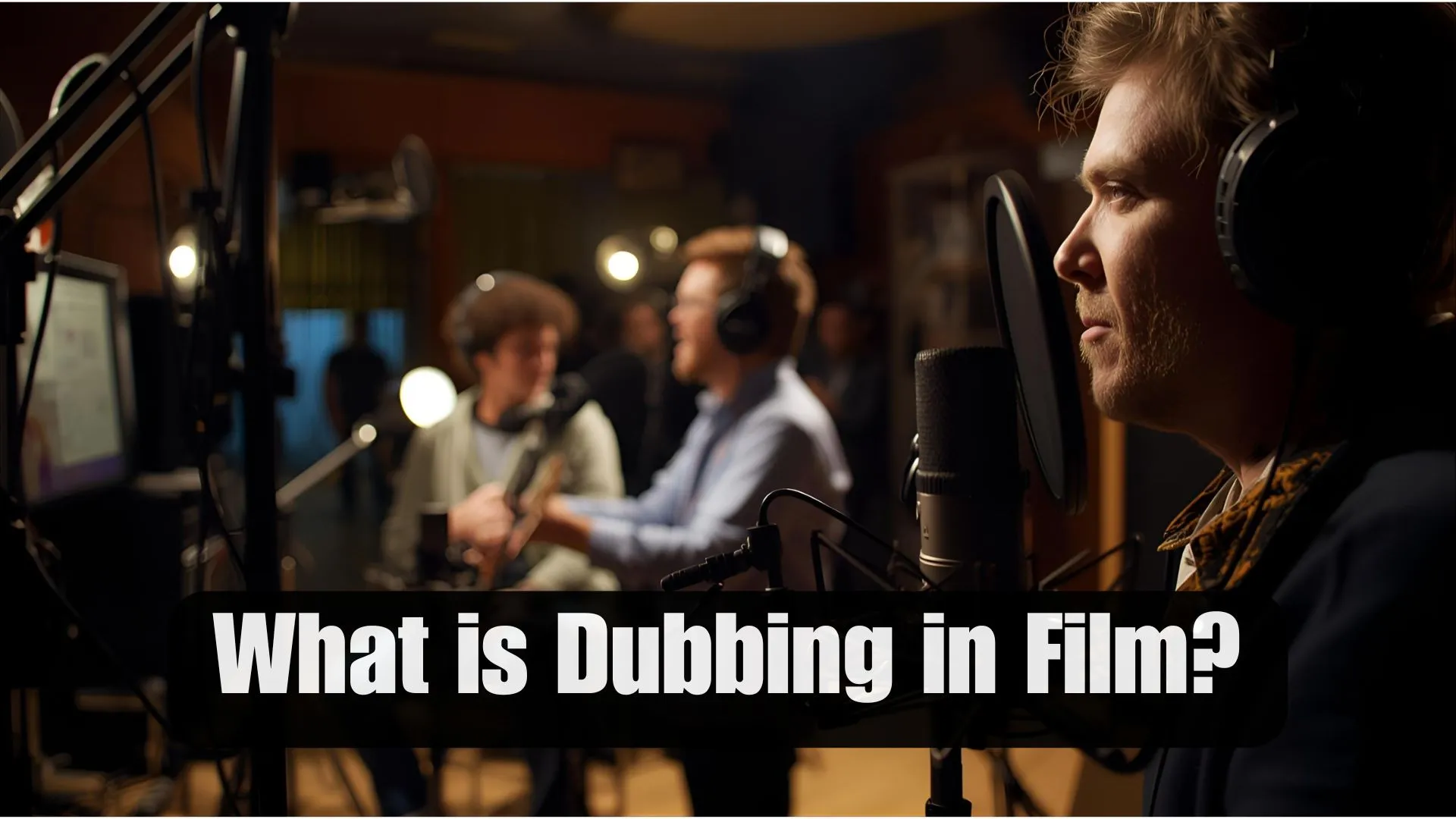
What is Dubbing in Film?
Dubbing in film is a post-production process where the original dialogue is replaced with dialogue in another language. Unlike subtitles, which require reading, dubbing allows viewers to fully immerse themselves in the story without distraction. The main goal is to recreate the original performance—including emotion, tone, and timing—so that audiences feel the same impact as they would in the original language.
For instance, Hollywood films like Frozen or The Lion King are dubbed in multiple languages worldwide. The voices are carefully selected to match the original characters, ensuring that the emotional essence is preserved.
Professional dubbing also includes video games, TV shows, advertisements, and educational content, making it a versatile tool for any media requiring global reach.
Why Dubbing Matters in the Film Industry
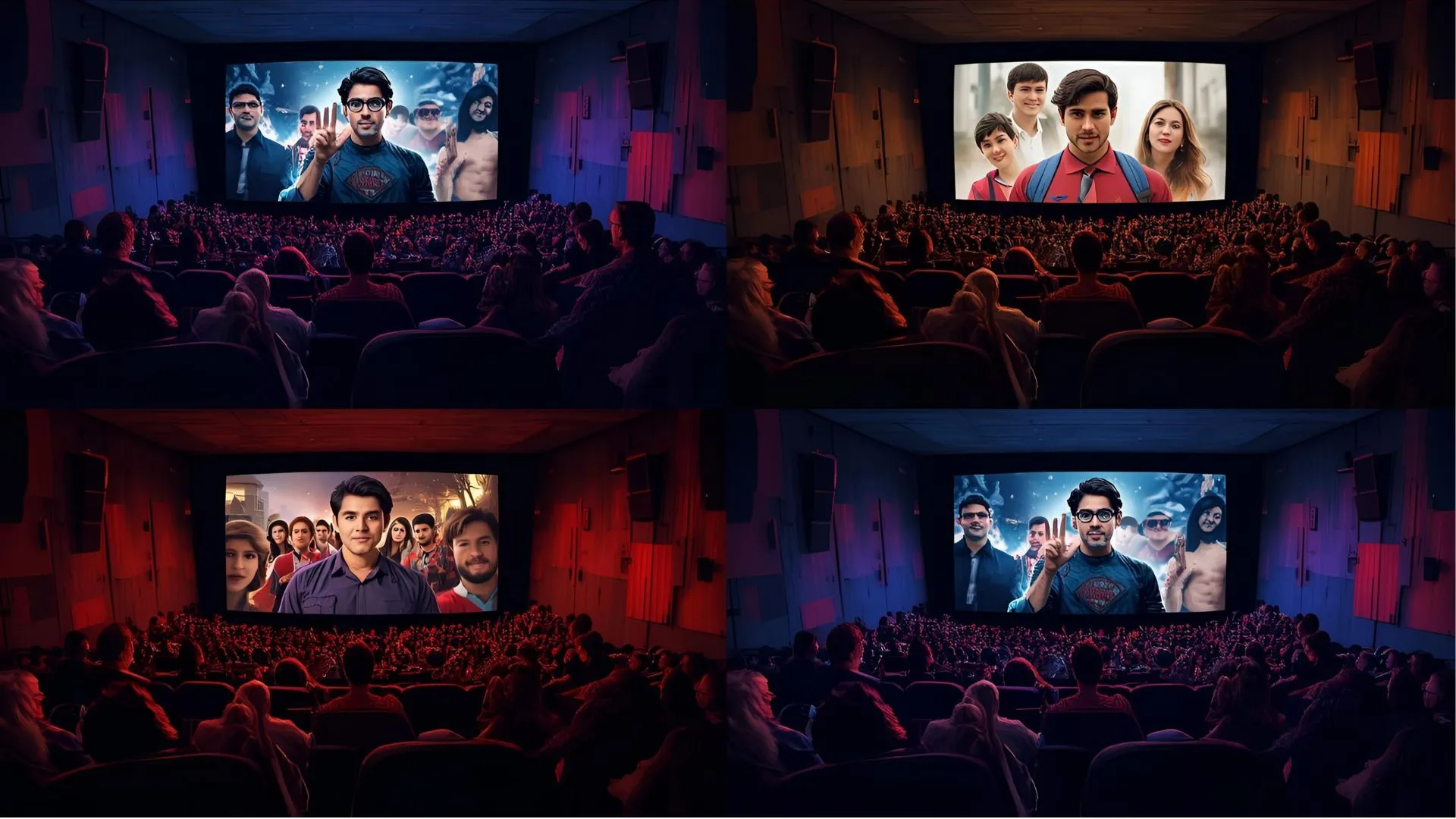
The global entertainment market has expanded dramatically, and so has the demand for content in multiple languages. Dubbing plays a vital role in helping films cross cultural and linguistic barriers.
1. Reaches Global Audiences:
When films are dubbed into multiple languages, they can cater to a wider audience. For example, Bollywood films dubbed in Spanish and French can reach audiences in Europe and South America, generating more revenue than subtitles alone would allow.
2. Enhances Engagement:
Audiences prefer watching content in their native language. Dubbing eliminates the cognitive effort of reading subtitles, which can distract from the viewing experience. Studies indicate that viewers are 70–80% more likely to watch dubbed content to completion compared to subtitled content.
3. Expands Revenue Streams:
Global distribution relies heavily on localization strategies, including dubbing. By investing in dubbing, producers tap into international markets, boosting box office collections, streaming subscriptions, and licensing opportunities.
4. Cultural Adaptation:
A professional dubbing process ensures that cultural references, idioms, and humor are adapted appropriately. This makes content more relatable, avoids misinterpretation, and enhances audience satisfaction.
Types of Dubbing in Film
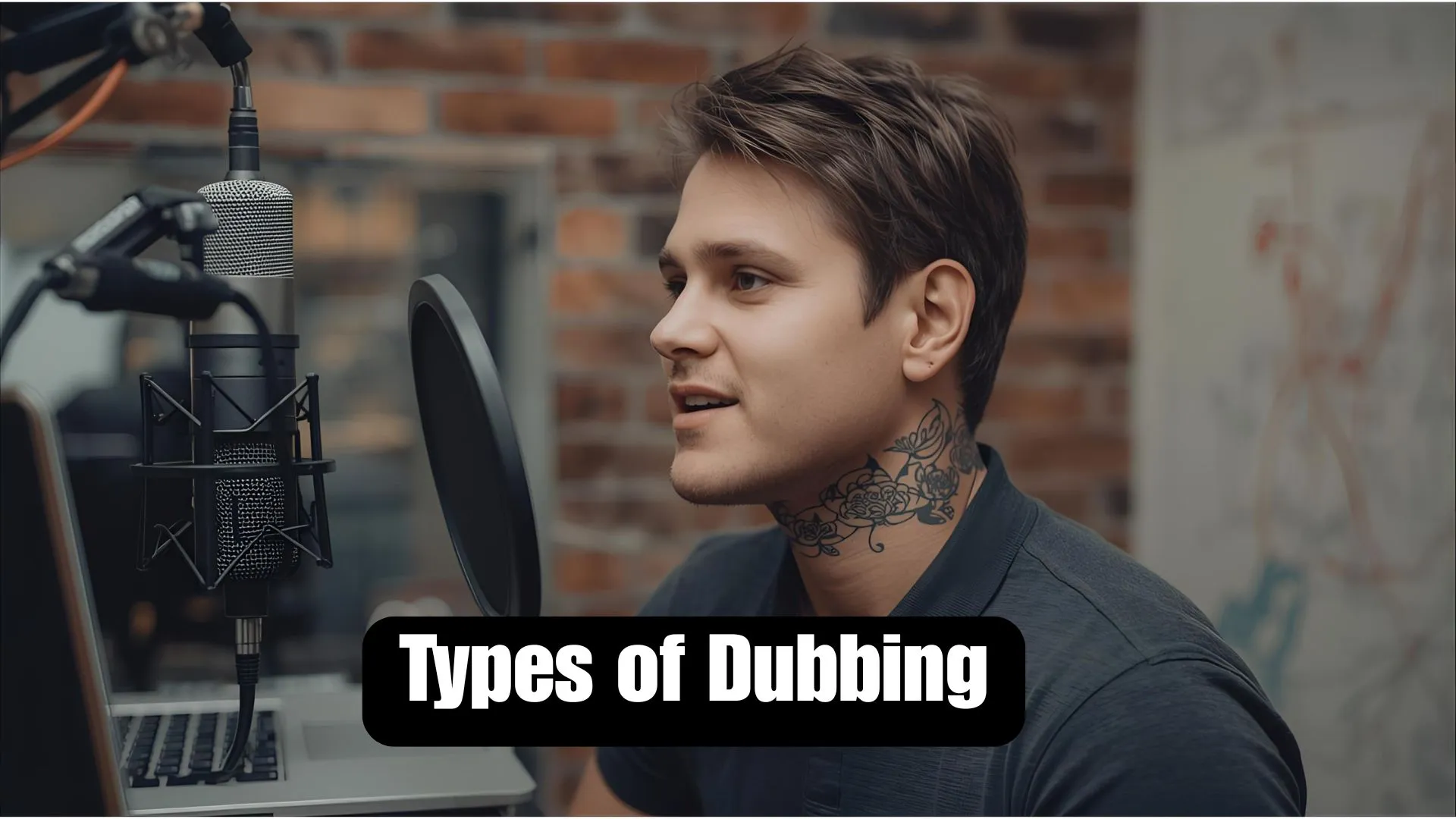
Understanding the types of dubbing helps content creators select the right approach for their project.
1. Foreign Language Dubbing
This is the most widely used form. The original dialogue is translated and recorded in another language while maintaining lip-sync. For example, Marvel movies are dubbed in Japanese, Spanish, French, and dozens of other languages for international audiences.
2. Automated / AI Dubbing
AI-driven dubbing tools can translate and generate voices automatically. This approach is fast and cost-effective, ideal for short-form content, such as YouTube videos or corporate training material. However, AI dubbing may lack the emotional nuance that human voice actors provide, so professional supervision is crucial.
3. ADR (Automated Dialogue Replacement)
ADR is primarily used in post-production to fix audio problems. If background noise or poor recording quality affects the original dialogue, ADR allows actors to re-record lines in a studio while syncing with the visuals.
4. Character Dubbing
Essential for animated films, this type involves voice actors performing voices that match the personality, tone, and mood of animated characters. For example, Pixar and Disney invest heavily in high-quality character dubbing to preserve the original character essence in every language.
Step-by-Step Film Dubbing Process
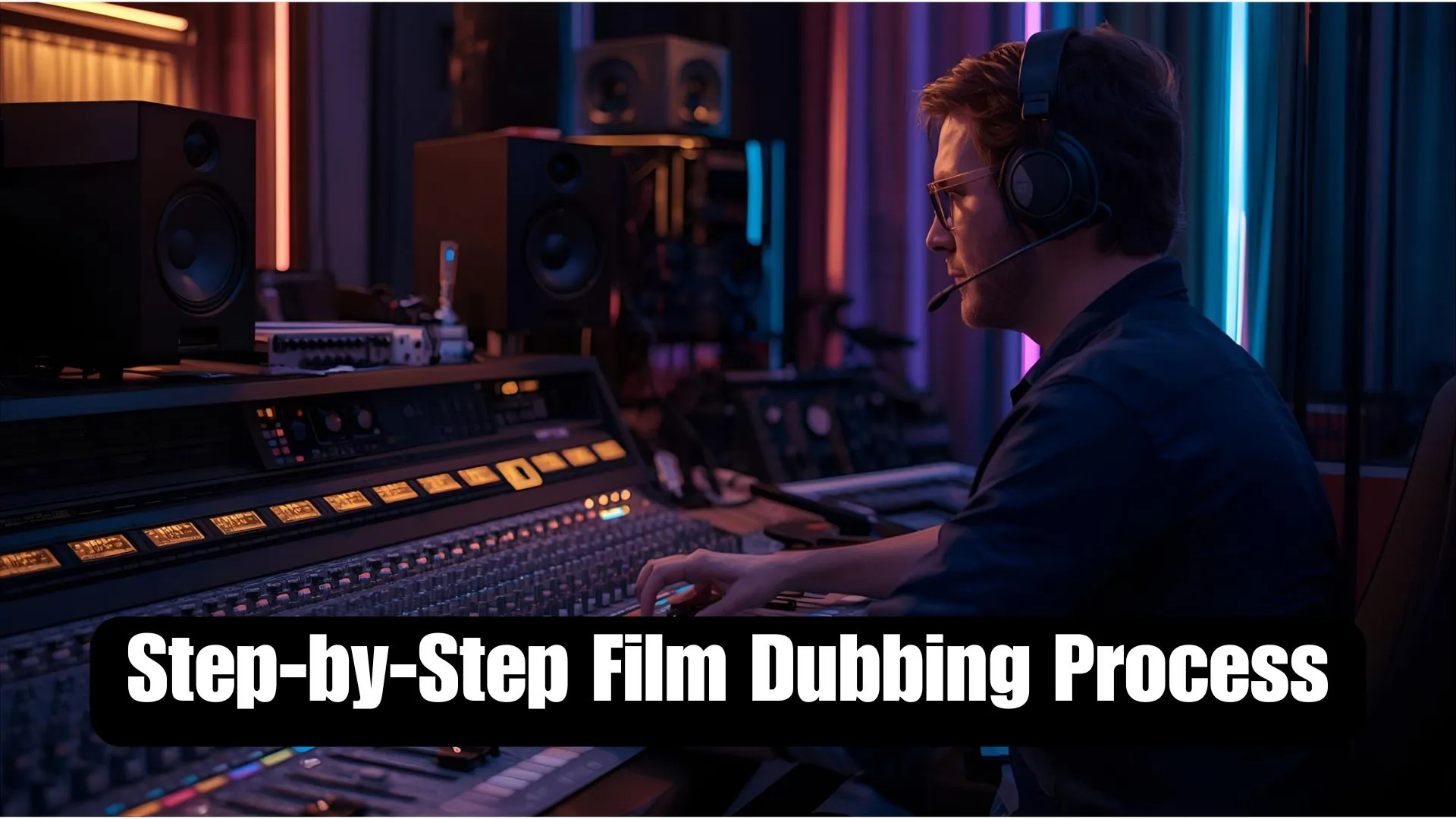
A professional dubbing process requires careful planning and execution. Here’s a detailed breakdown:
1. Script Translation and Adaptation
The first step is translating the original dialogue. Literal translations rarely work; translators must adapt jokes, idioms, and cultural references to resonate with the target audience. For instance, a pun in English might be replaced with a locally relevant joke in Hindi or Spanish.
2. Casting Voice Actors
Choosing the right voice actors is critical. Voice actors are selected based on age, gender, tone, and emotional range. A miscast voice can break immersion, so studios often audition multiple actors to find the perfect fit.
3. Recording and Synchronization
Dialogue is recorded in professional studios with high-quality equipment. Sound engineers ensure that each line matches lip movements and timing. This step may involve multiple takes to perfect the emotional delivery.
4. Audio Mixing and Mastering
Finally, the recorded dialogue is mixed with background music, ambient sounds, and sound effects to create a polished audio track. This step ensures that the dubbed version sounds natural and blends seamlessly with the original film.
Benefits of Professional Film Dubbing
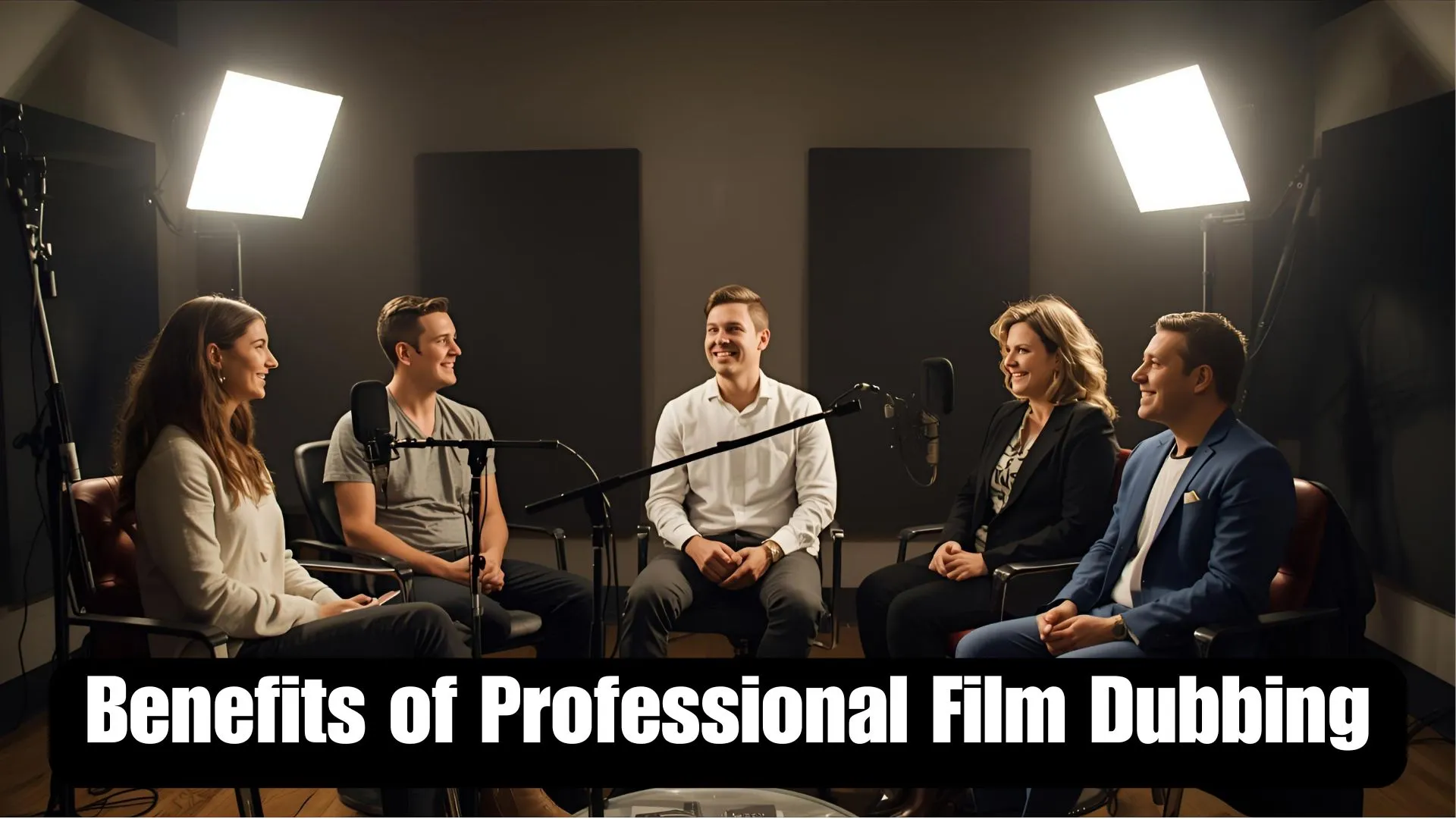
Professional dubbing Services enhances both the audience experience and content value.
- Global Reach: Access international markets without language barriers.
- Improved Viewer Experience: Audiences enjoy smooth, emotionally accurate dialogue.
- Cultural Relevance: Translations are adapted to local cultures, avoiding confusion or offense.
- Enhanced Production Value: High-quality audio elevates the overall perception of the film.
Case Example: Disney’s Frozen achieved international success partly because its dubbing in over 30 languages preserved emotional depth, humor, and musical integrity.
Common Mistakes to Avoid in Film Dubbing
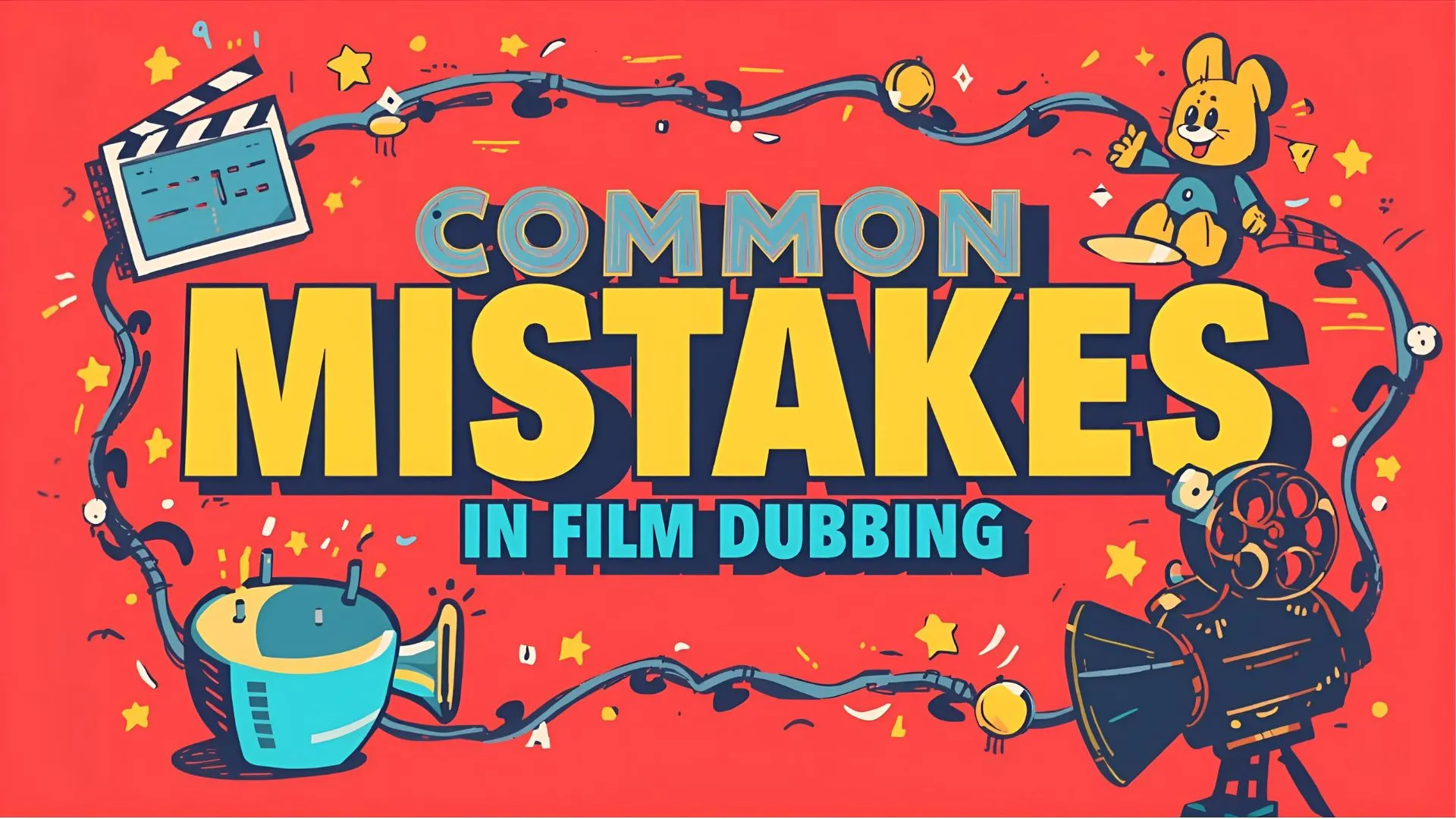
- Poor Translation: Literal translations can lead to awkward or meaningless dialogue. Always opt for cultural adaptation.
- Mismatched Voice Casting: Selecting an inappropriate voice for a character reduces engagement.
- Ignoring Lip-Sync: Misaligned audio breaks immersion and reduces credibility.
- Low-Quality Recording: Amateur recording or noise interference diminishes the overall production quality.
By avoiding these mistakes, content creators can maximize the effectiveness of their dubbing project.
VerboLabs: Expert Dubbing Services for Global Audiences
At VerboLabs, we provide high-quality dubbing services for films, TV shows, advertisements, animations, and e-learning videos. Our team includes native translators, voice actors, and sound engineers who ensure that your content is globally ready without compromising quality or emotion.
Why VerboLabs is the Ideal Choice:
- Native voice talent in 120+ languages
- Professional studio recording and post-production
- Fast turnaround with affordable pricing
- Seamless lip-sync and emotion preservation
Whether you’re localizing a feature film, animation, or corporate video, VerboLabs guarantees premium dubbing services that make your content speak every language.
Conclusion
Dubbing in film goes beyond translation—it preserves emotion, tone, and cultural nuances, making content relatable for global audiences. Whether it’s a feature film, animation, or corporate video, professional dubbing enhances viewer engagement, broadens market reach, and ensures your creative vision stays intact.
At VerboLabs, our native voice artists, translators, and sound engineers deliver high-quality dubbing in over 120+ languages, creating an authentic and immersive experience. Don’t let language limit your content’s potential. Partner with VerboLabs today for professional dubbing services and bring your story to audiences worldwide.

Get a Free Quote Today and Make Your Film Speak Every Language with VerboLabs!
FAQs
A: Dubbing replaces the original dialogue with dialogue in another language while keeping lip-sync and emotion intact.
A: Costs depend on language, project length, and voice talent. Contact VerboLabs for a free quote.
A: ADR (Automated Dialogue Replacement) fixes poor-quality audio in post-production by re-recording dialogue.
A: AI assists with dubbing, but professional human voice actors are essential for emotional accuracy and cultural nuance.
A: Depending on complexity, a full-length film can take 3–6 weeks for translation, casting, recording, and final mixing.


